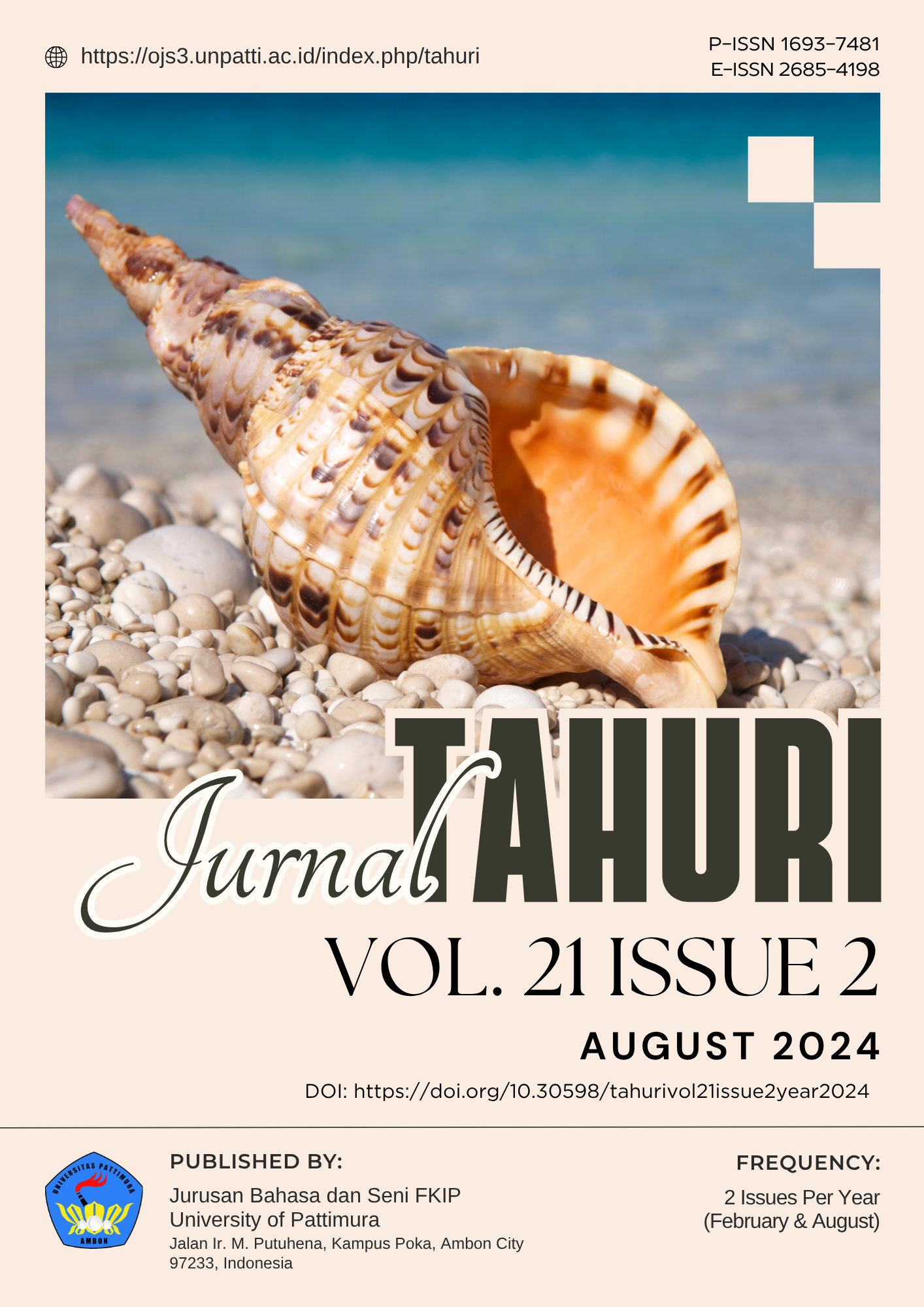Code-Switching as a Communicative Strategy among Indonesian University Students on Social Media
Abstract
Code-switching, or the alternation between languages within a single discourse, is increasingly visible in Indonesian students’ digital communication. This study examines code-switching as a communicative strategy among bilingual students at Sultan Ageng Tirtayasa University (UNTIRTA), focusing on how and why they alternate between Indonesian and English on social media platforms. Using a qualitative descriptive approach, data were collected from captions, comments, and messages produced by 25 active student participants, complemented by in-depth interviews to explore the pragmatic motivations behind their linguistic choices. The analysis focused on identifying patterns of switching and communicative functions, supported by thematic triangulation. Findings reveal that intrasentential switching is the most frequent type, often used to emphasize ideas or convey emotional nuance. Code-switching also serves as a marker of bilingual identity, a signal of social closeness and humor, and a tool for shifting between formal and informal topics. Sociolinguistic factors such as English exposure, academic background, and online community norms strongly influence these practices. The study contributes to digital sociolinguistics by framing code-switching as a strategic communicative act that reflects identity construction, social alignment, and pragmatic adaptation in online interactions.
Downloads
Copyright (c) 2024 Dini Nur’aini, Fitriana Fitriana

This work is licensed under a Creative Commons Attribution 4.0 International License.




